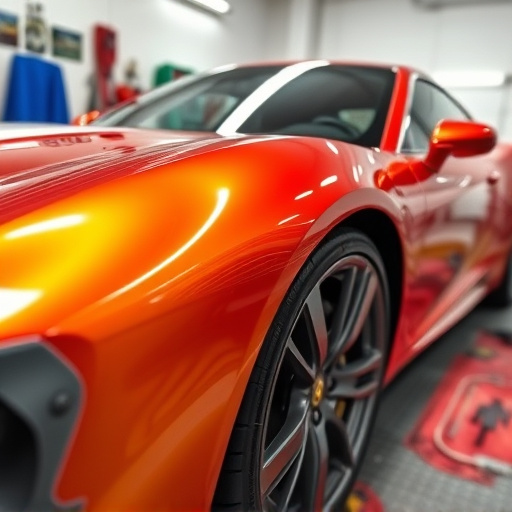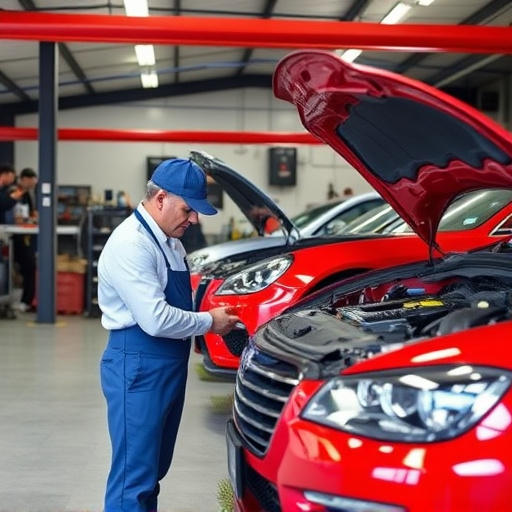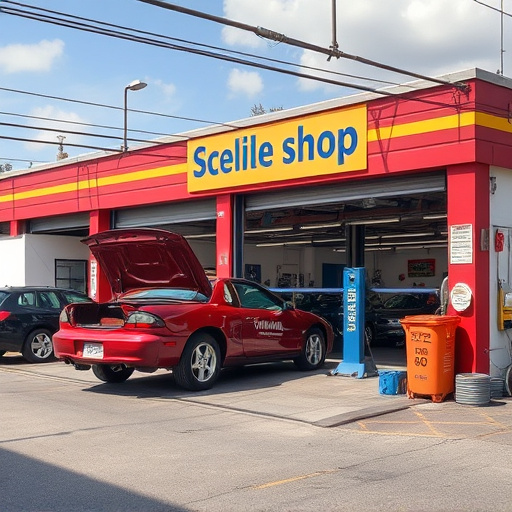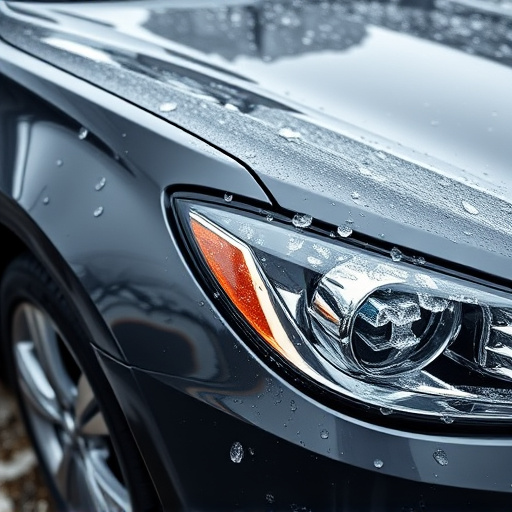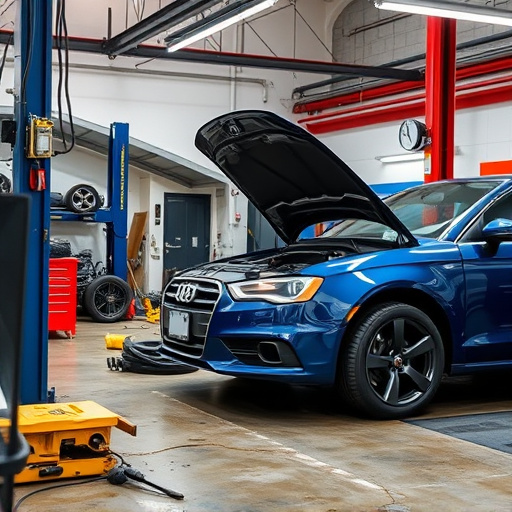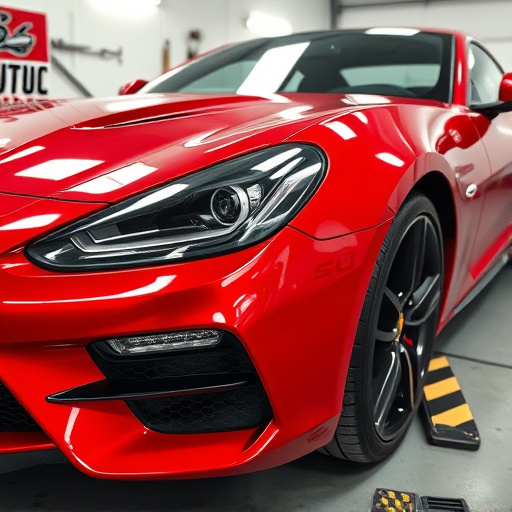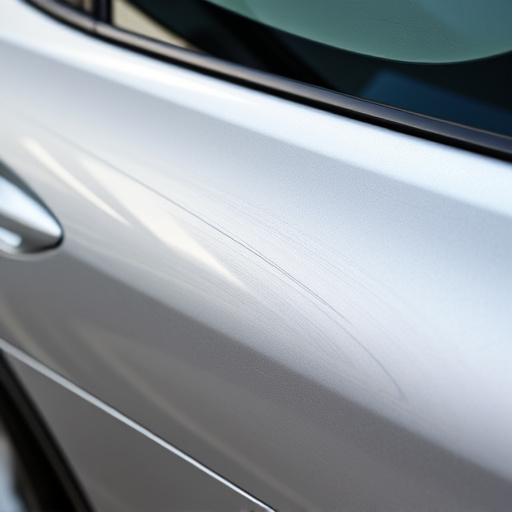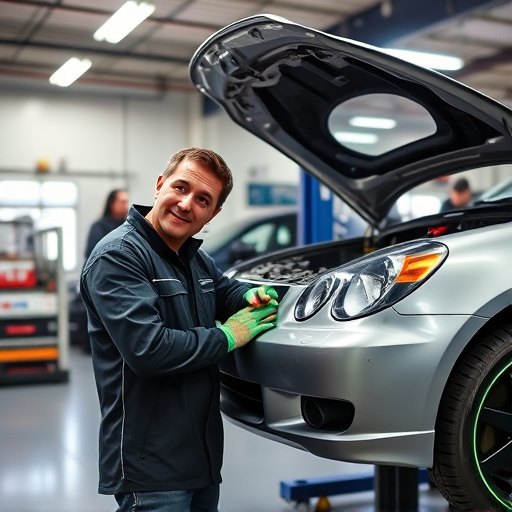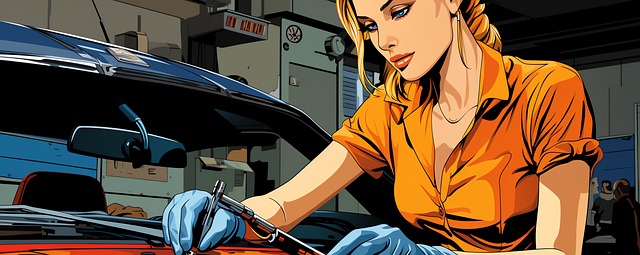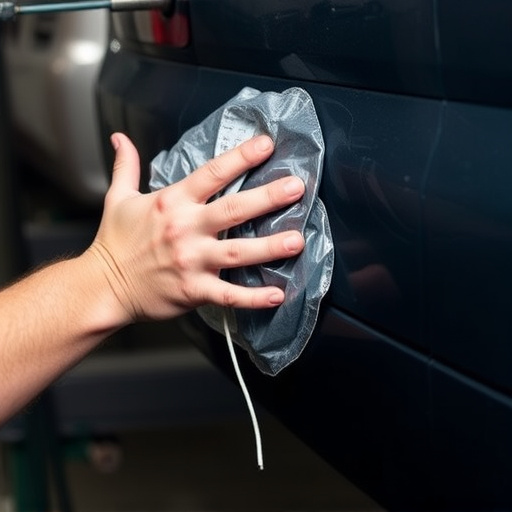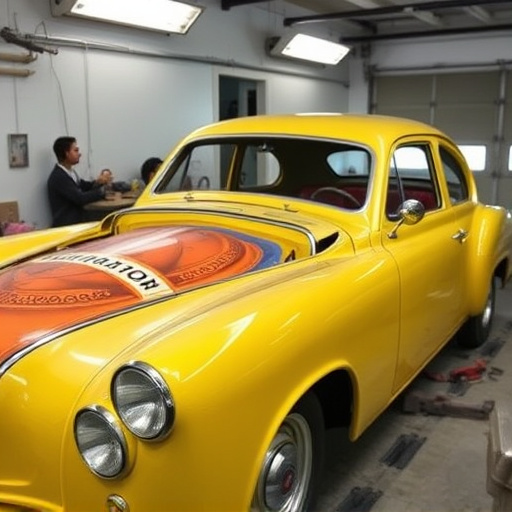Factory seam duplication is a precise repair method mirroring original car body panel manufacturing for aesthetic and structural soundness. By analyzing damaged areas and creating molds, it enables paintless dent repair, reducing costs and preserving OEM quality. This technique ensures accurate alignment, maintaining structural integrity and appeal, enhancing overall repair quality and durability to pre-accident conditions. OEM-approved quality through best practices, advanced machinery, and regular training guarantees factory-level repairs meeting or exceeding OEM standards.
In today’s manufacturing landscape, maintaining original equipment manufacturer (OEM) approval for repairs is paramount. One effective method gaining traction is factory seam duplication, a precise replication of the original seam patterns used in production. This article delves into the understanding, benefits, and best practices surrounding factory seam duplication, equipping professionals with the knowledge to achieve OEM-approved repair quality while ensuring cost-effectiveness and enhanced product integrity.
- Understanding Factory Seam Duplication Process
- Benefits of Using Original Seam Patterns for Repairs
- Best Practices for Achieving OEM-Approved Quality
Understanding Factory Seam Duplication Process

Factory seam duplication is a precision process that mimics the original manufacturing techniques used to create car body panels, ensuring seamless integration and OEM-approved repair quality. It involves the careful replication of every detail, from the contour of curves to the positioning of seams, using advanced machinery and specialized skills. This meticulous approach is particularly crucial in car body restoration, where achieving an exact match is essential for both aesthetic appeal and structural integrity.
By employing factory seam duplication, vehicle repair services can offer paintless dent repair solutions that are virtually indistinguishable from original equipment manufacturer (OEM) parts. The process begins with a detailed analysis of the damaged area, followed by the creation of a mold or template that precisely matches the surrounding panels. This allows for the replacement of dents and dings without the need for extensive painting or body work, resulting in cost-effective and high-quality repairs.
Benefits of Using Original Seam Patterns for Repairs
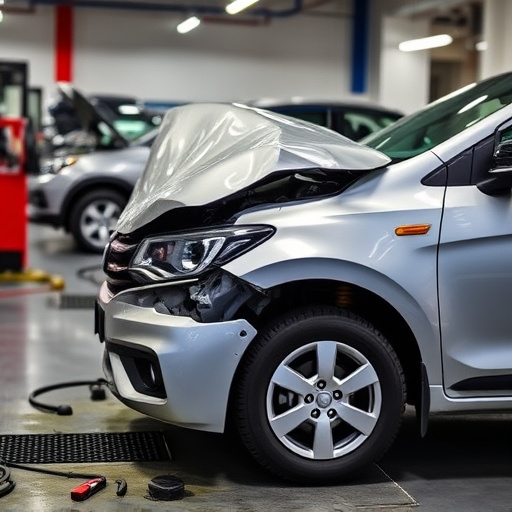
Using original seam patterns for repairs offers several significant advantages, especially when it comes to maintaining OEM-approved quality in vehicle collision repair. Factory seam duplication ensures precise alignment and consistent results, mimicking the original manufacturing standards. This is crucial for preserving the car’s structural integrity and aesthetic appeal.
When a car repair shop uses these original patterns, they can accurately recreate complex seams, ensuring that every stitch aligns perfectly with surrounding panels. This attention to detail not only enhances the overall quality of collision repair but also guarantees long-lasting durability. It allows technicians to restore vehicles to their pre-accident condition, satisfying both customers and vehicle manufacturers.
Best Practices for Achieving OEM-Approved Quality
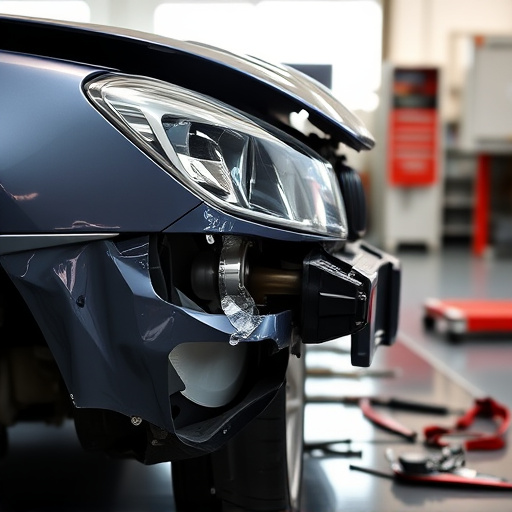
Achieving OEM-approved quality in factory seam duplication is paramount for ensuring top-tier repair outcomes. To maintain consistency and precision, technicians must adhere to strict best practices. This includes utilizing advanced machinery and techniques designed specifically for seamless replication, as well as carefully following manufacturer guidelines for each unique vehicle model.
Regular training and calibration of equipment are essential. Technicians should be adept at frame straightening and dent repair processes, incorporating the latest technologies like robotic systems and laser guidance to minimize errors. High-quality materials and precise measurements are also vital. By combining these strategies, car repair services can confidently deliver factory-level repairs that meet or exceed OEM standards.
Factory seam duplication is a game-changer for ensuring OEM-approved repair quality. By understanding the process, leveraging original seam patterns, and adhering to best practices, professionals can achieve superior results. This not only enhances the aesthetic appeal but also guarantees the structural integrity of repaired items, setting a new standard in the industry. Implement these strategies to elevate your repair work to an OEM-level of precision.
